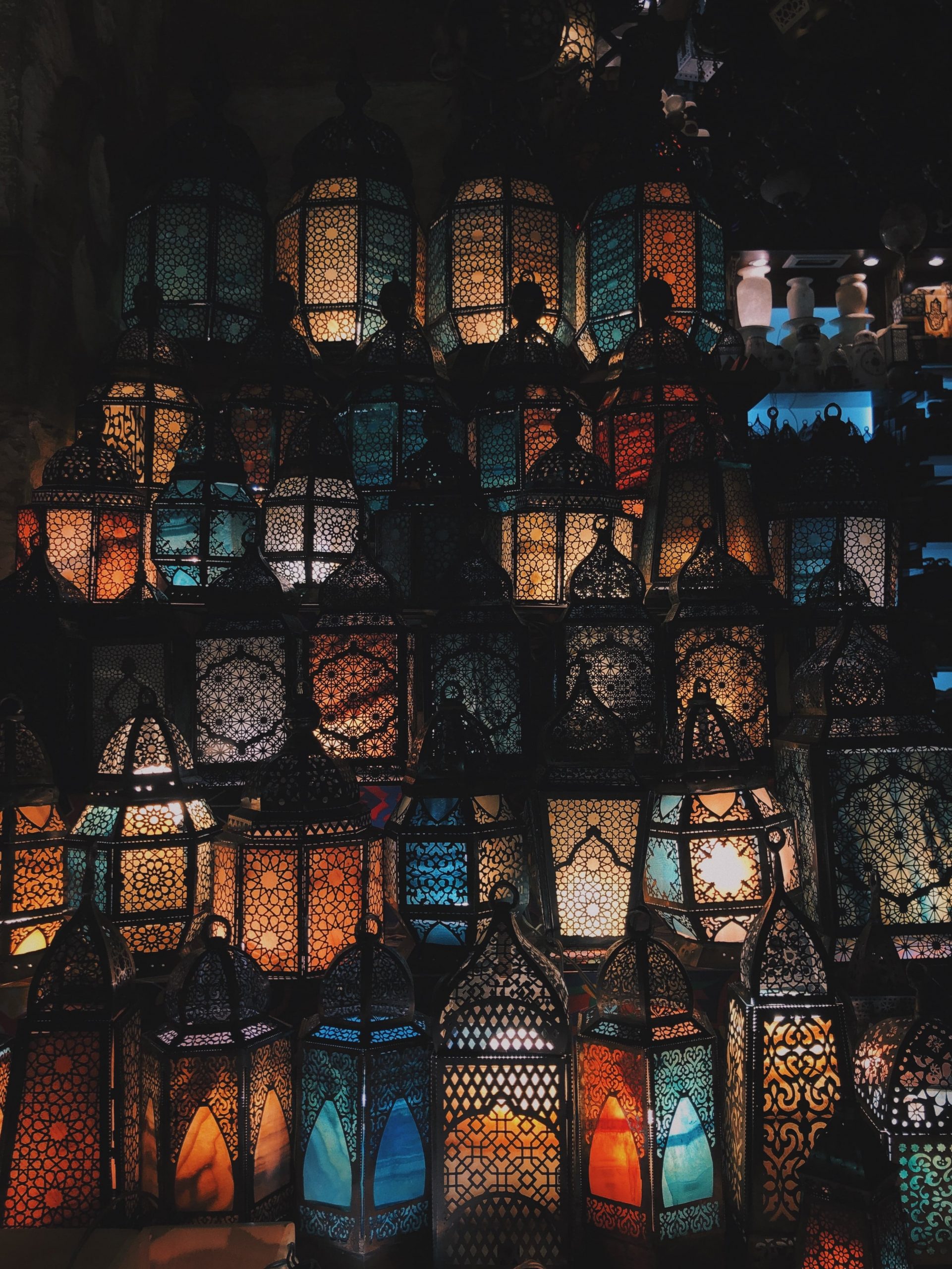Society
3.28.2023
Why are lanterns symbolic of Ramadan?

For Muslims around the world, Ramadan is a time of deep spiritual reflection, fasting, prayer and charity. But it is also a time of joyful festivities and colorful traditions, such as lantern decorations that adorn the streets of many cities. But where did it come from and how did it evolve to become so symbolic of this month?
Origins in Fatimid Egypt
Along with the star and the crescent, lanterns are a ubiquitous symbol of the month of Ramadan, during which time the bazaars of Arab capitals are brightened up by these lanterns hanging from vendors’ stalls in the alleys of these cities, hence the emergence of many legends and stories associated with it. The fanous, which means lantern in Arabic, is especially symbolic of the Egyptian capital, Cairo.
One of the earliest mentions of the use of the fanous during Ramadan in Egypt dates back to the Fatimid caliphate, a medieval Islamic dynasty that ruled much of North Africa and the Middle East. According to some accounts, the Fatimid caliph al-Muizz was welcomed to Cairo by a procession of people in the streets during Ramadan, each holding a lantern. This Ramadan event gradually developed into a widespread custom throughout the country, with the fanous becoming part of the celebrations of the arrival of the month.
Voir cette publication sur Instagram
The fanous also served a practical purpose during Ramadan. In Cairo, the lantern would have been used by women on their way to the mosque, led by children, so that passers-by would notice their presence and give them priority. While medieval customs related to gender have become obsolete, the use of lanterns has persisted and has adapted to modernity.
A cultural symbol
The Fanous has thus become a symbol not only of Ramadan, but also of the cultural heritage of Cairo and the entire region. According to Najeh Bkerat, a member of the Al-Aqsa Academy for Science and Heritage in Jerusalem, lanterns are a symbol of Islamic culture.
“The lantern is a well-known tradition in the Islamic world. People wear it to reflect the light, goodness and joy associated with Ramadan,” he told AFP.
Khan Al Khalili is the most famous & colorful open-air bazaar in #Cairo, #Egypt.
It is a historical & cultural market dates back to #Mamluky #Era 600 yrs ago.
The bazaar district has since become one of Cairo's main attractions for tourists and Egyptians alike. pic.twitter.com/2SIHW1eOmL— Haifa Najem (@NajemHaifa) July 21, 2022
Today, artisans in the Arab world continue to preserve the traditional know-how of lantern-making of all shapes and sizes. In Khan al-Khalili as in Alexandria or Jerusalem, each fanous is a singular work of art embodying the cultural heritage of the region.
popular

